Instruction
The causes of head movement during the putting stroke, and how to fix it

As we all know, putting requires a solid stroke, a stable body and very controlled motor motions in order to be consistent from day to day. It is with this thought in mind that most players focus on keeping a steady head in order to keep their stroke in check when things go wrong. Within this putting study, I am going to examine the most common problems that excessive head motion cause and how to ensure that a steady head and controllable center of gravity will be one of your strongest putting attributes.
In my putting academy I use several high-tech tools in order to study the putting stroke. In this article I will feature two of my systems, Advanced Motion Measurement’s 3D Motion Analysis System and The SAM Puttlab created by Science & Motion Sports.
If you think about how your body moves during the putting stroke, you will find that in order to maintain stability it is necessary to control your head as well as your center of gravity. Whenever the head moves excessively during the putting stroke, you will find that your stroke path, your directional control and the ball’s impact point on the putter face will be compromised. When your body senses these actions, it will subconsciously try and manipulate your hands, the putter head, your body’s CG, and/or the ball’s position in order to try to get your putting back on track quickly.
The reason why you subconsciously adjust for poor balance is because your body has homeostatic mechanisms that keep you upright and from falling down, and these actions are present within your life every second of the day. This automated response helps us while doing things like walking, sitting, or playing golf. The more complex the motor skill, the more important this reaction becomes.
Homeostasis is controlled by the information given to your brain by your vision, and the fluid-filled canals within each ear. These balance centers allow your body to counter-balance itself when things happen to alter your center of gravity, such as excessive head motion. To give you an example, if I pushed your head and upper torso quickly to the right, you would shift your hips to the left in order to counter-balance your body so you would not fall down. This is homeostasis and it applies to your golf swing, short game and putting stroke equally.
As we all know, putting is one of the most precise actions in the game of golf; thus, if your head is bouncing around, it makes it almost impossible to maintain your CG control and it throws a monkey wrench in your day on the greens. Whenever you call upon your homeostasis to help you control excessive motion while trying to make putts, I will assure you that rolling in that 4 footer will be your body’s last priority.
There are four head motions that plague most golfers today:
From the frontal view:
- Head Sway: The side-to-side motion of the head (right to left).
- Head Rotation: The turning of the head from side to side (via the neck).
From the down-the-line view:
- Head Lift: The up-and-down motion of the head (top to bottom).
- Head Thrust: The front-to-back motion of the head (toe to heel).
Head Sway
Excessive side-to-side motion of the head is the most common balance issue for the beginning golfer. Beginners have not learned that a slight “rocking” of their shoulders during the putting stroke will allow the arms to power the putting stroke. These players usually try to “rotate” their shoulders in order to move the arms, hands and putter, and their head moves as a result.
When the upper body over rotates in the backswing, the head tends to move laterally as well. In beginners, this shows up on putts of any length, while with better players it only tends to happen on super-long putts. On the 50-foot putt shown above, the shoulders have rotated 25 degrees while the head has moved 1.4 inches laterally to the right. This causes many issues; however, most often it causes an exaggerated arcing motion of the putter.
For the low-handicap player
When the shoulders work “normally” but the head moves laterally, the weight will move too deep into your rear foot on the backswing. When this happens, the weight will hang back, the putter will move “up” through impact and the impact point will be too low on the putter face. This action will give you an un-solid feeling and putts that tend to come up short.
During this putting study, the player above was asked to hit the same, flat, 15-foot putt over and over. As you can see, the impact point is not only on the bottom portion of the putter, but is variant from side to side as well. Whenever your head moves laterally too much, you will find that hitting the sweet spot consistently on a horizontal and vertical plane is virtually impossible.
Head Lift
The lifting of your head through impact is described by the majority of players as a “pull up or peeking” type of feeling. This happens mainly on putts from 15 feet and in, and most often to players while they are facing what they perceive as a “makeable” putt. You will find that this happens to you even more when you are nervous or are unsure of the overall putt direction in general. This flaw is comparable to “looking up” during the full swing. Whenever you “peek,” you will find that the putter head does not want to close naturally through impact.
If you look at this player’s putter-head rotation, you will see that as this player “lifts” his head during the forward swing, you can see that the putter is opening more and more as the putter moves from the transition through impact, and into the finish position. At the peak of the backstroke the putter is closed 1.6 degrees, at impact it is 0.4 degrees open and at the finish it is 0.7 degrees open. So remember when you “lift” your head through impact, the putter does not “close” through the impact zone and missed putts to the right are a result more often than not.
The gentle “rocking” of the shoulders up and down during the putting stroke that I described earlier must be taken with a grain of salt. Keeping your head from lifting keeps the left shoulder in check and allows your left forearm to naturally rotate, closing the putter face through impact without conscious manipulation or release.
When the head lifts up (upward of 2 inches in the above model) and/or forward, the shoulder pulls up and the lead forearm will not be allowed to rotate naturally. The lead wrist will break down and the putter will stay open through impact as a result.
Note for the better player: If you are a career “head-lifter,” you might want to consider a full toe-hang putter like a Ping Zing. The extra weight on the toe of the putter will allow the putter to close through impact slightly quicker than a face-balanced putter like a TaylorMade Spider.
Head Thrust
Very seldom do I see players who “fall forward” during their putting strokes; however, I do see this happen occasionally, which is because of one of three basic reasons:
- When a player’s putter does not fit, it will cause the player to bend over too much from the waist, which places the hands too low at address and rocks the CG toward the toes.
- On very windy days when players have placed their CG too close to their toes in general, it makes it very easy for the wind to push them out of balance.
- The overall tempo of the backstroke is too jerky and too much on an inside track.
This player is bent from the waist almost 47 degrees, slightly more than we’d like for this player. In order to get his eyes over the ball without being too bent over, he would need a differently fit putter!
As you look at the CG shot above, you will see that even though the red dot (the player’s real-time CG location) shows that the weight is currently balanced from toe to heel at basically 50-50, the yellow line marks where the CG was a few milliseconds earlier. Notice that there is a substantial amount of yellow above the red dot. This helps us to identify that this player tends to be slightly toe-heavy during his address position. This is all it takes for the wind to knock you out of balance during your stroke, and is precisely the reason why you will see players with wider stances and more knee flex when the wind blows.
The Tour average backswing speed is 650 microseconds, and as you can see this player is jerky at the start, which could move the putter too much to the inside on the backswing and move him off-balance if he is not careful.
Head Rotation
Excessive head rotation during the putting stroke seems to only happen within three instances for most players:
- Whenever you are left-eye dominant and your head is too “centered” at address.
- Whenever the chin is too low (tucked too close to the chest) at address.
- Whenever you become “stroke” focused and begin to follow your backswing path with your eyes in order to audit where it is moving.
“The brain only [sees] accurately with the dominant eye,” said putting expert Geoff Mangum in his book, “The Putting Zone.” “Eye dominance is not dissimilar to hand or foot dominance. The brain favors only one of the two eyes to define the body’s relation to the target in terms of direction, and habitually uses only that eye to target objects and locations in space in terms of direction. Over time, the vision yielded by the other eye is ignored by the brain, so effectively when we sight targets, we use only our dominant eye. Trying to target only with the non-dominant eye is a little like trying to sign your name with the wrong hand: it can be done, but not gracefully.
“Try holding both hands out at arm’s length, thumbs up side by side like a gun sight. Use the sight to target a distant object, with both eyes open. Close the right eye. If the object jumps to the left, you are right-eye dominant. Confirm this by opening eyes, re-sighting, and then closing the left eye. The object will remain in the sight. You are left-eye dominant if when you close the right eye the object remains sighted, and when you use only the right eye, the object jumps to the right of the sight.”
If your head is too centered during the address position, and you are a left-eye dominant player (use the test above) your head will tend to rotate to the right during the backswing so that you can “focus” on the ball and sight your target more effectively. The normal amount of head rotation at address is between 5 to 10 degrees in order to sight the ball with your dominant eye.
The second way excessive head rotation creeps into your putting stroke is when your chin is too low and tucked into your chest at address. As your putting stroke occurs, the shoulders rock and slightly rotate “running into” your chin, and as a result, you lift your head to accommodate this motion.
This player has the optimum amount of head bend at address (45 degrees) placing his chin in a position where the shoulders can move freely back and forth without danger of running into the chin. If the head moves to 47-plus degrees, then you are looking “out” past the ball. And if the head bending is below 40 degrees, then you will not be able to move with freedom and excessive head rotation will occur.
A note for players who wear prescription glasses: Tucking your chin too low is a very normal occurrence for golfers who wear bifocals. You will “bury” your chin in order to see over the top of the lower part of the lens designed for close-up vision in order to see the ball. Speak to your eye doctor and get “golf-specific lenses” sooner rather than later.
The final way to have too much head rotation within your putting stroke is when you become too “stroke” focused and begin to monitor the putter head during the backswing in order to make sure it is on the correct path.
First, you must understand that your stroke path ONLY accounts for 18 percent of the ball’s directional error, so focusing on the backswing path is a total waste of time. Secondly, there is little you can do to alter the putter while it is in motion that you can do consistently; thus this action, once again, is a waste of your mental energy. When players have trouble with their backstrokes, usually you will find that the problem lies within the set-up position causing the putter path to be off-track.
If you are having trouble with your putter path on the way back and cannot stop “watching,” first make sure your alignments and “flow-lines” are correct (as shown above). From there, practice putting while closing your eyes in order to feel a more natural putting stroke that can happen much easier if you have positive alignments.
Conclusion
Putting is an accuracy endeavor. Thus, if you have excessive motion within your body you will have to make physical manipulations in order to make up for the deficiencies that your imbalance causes. For most people, the thought of maintaining a steady head is the key to staying still while putting; for others, just focusing on your CG and its position between your feet is the key. Regardless of the methodology you use to control your head motion, torso actions and CG, remember that this is the key to your putting success. You will not see any player on tour who is a good putter violate one of the four head motion or the CG rules laid out above. So:
- Control your head sway.
- Control your head rotation.
- Control your head lift.
- Control your head thrust.
Or
- Control your center of gravity from toe to heel.
- Control your center of gravity from right to left.
- LIKE32
- LEGIT1
- WOW5
- LOL2
- IDHT0
- FLOP0
- OB0
- SHANK2
Instruction
Clement: Laid-off or perfect fade? Across-the-line or perfect draw?

Some call the image on the left laid off, but if you are hitting a fade, this could be a perfect backswing for it! Same for across the line for a draw! Stop racking your brain with perceived mistakes and simply match backswing to shot shape!
- LIKE0
- LEGIT0
- WOW0
- LOL0
- IDHT0
- FLOP0
- OB0
- SHANK1
Instruction
The Wedge Guy: The easiest-to-learn golf basic

My golf learning began with this simple fact – if you don’t have a fundamentally sound hold on the golf club, it is practically impossible for your body to execute a fundamentally sound golf swing. I’m still a big believer that the golf swing is much easier to execute if you begin with the proper hold on the club.
As you might imagine, I come into contact with hundreds of golfers of all skill levels. And it is very rare to see a good player with a bad hold on the golf club. There are some exceptions, for sure, but they are very few and very far between, and they typically have beat so many balls with their poor grip that they’ve found a way to work around it.
The reality of biophysics is that the body moves only in certain ways – and the particulars of the way you hold the golf club can totally prevent a sound swing motion that allows the club to release properly through the impact zone. The wonderful thing is that anyone can learn how to put a fundamentally sound hold on the golf club, and you can practice it anywhere your hands are not otherwise engaged, like watching TV or just sitting and relaxing.
Whether you prefer an overlap, interlock or full-finger (not baseball!) grip on the club, the same fundamentals apply. Here are the major grip faults I see most often, in the order of the frequency:
Mis-aligned hands
By this I mean that the palms of the two hands are not parallel to each other. Too many golfers have a weak left hand and strong right, or vice versa. The easiest way to learn how to hold the club with your palms aligned properly is to grip a plain wooden ruler or yardstick. It forces the hands to align properly and shows you how that feels. If you grip and re-grip a yardstick several times, then grip a club, you’ll see that the learning curve is almost immediate.
The position of the grip in the upper/left hand
I also observe many golfers who have the butt of the grip too far into the heel pad of the upper hand (the left hand for right-handed players). It’s amazing how much easier it is to release the club through the ball if even 1/4-1/2″ of the butt is beyond the left heel pad. Try this yourself to see what I mean. Swing the club freely with just your left hand and notice the difference in its release from when you hold it at the end of the grip, versus gripping down even a half inch.
To help you really understand how this works, go to the range and hit shots with your five-iron gripped down a full inch to make the club the same length as your seven-iron. You will probably see an amazing shot shape difference, and likely not see as much distance loss as you would expect.
Too much lower (right) hand on the club
It seems like almost all golfers of 8-10 handicap or higher have the club too far into the palm of the lower hand, because that feels “good” if you are trying to control the path of the clubhead to the ball. But the golf swing is not an effort to hit at the ball – it is a swing of the club. The proper hold on the club has the grip underneath the pad at the base of the fingers. This will likely feel “weak” to you — like you cannot control the club like that. EXACTLY. You should not be trying to control the club with your lower/master hand.
Gripping too tightly
Nearly all golfers hold the club too tightly, which tenses up the forearms and prevents a proper release of the club through impact. In order for the club to move back and through properly, you must feel that the club is controlled by the last three fingers of the upper hand, and the middle two fingers of the lower hand. If you engage your thumbs and forefingers in “holding” the club, the result will almost always be a grip that is too tight. Try this for yourself. Hold the club in your upper hand only, and squeeze firmly with just the last three fingers, with the forefinger and thumb off the club entirely. You have good control, but your forearms are not tense. Then begin to squeeze down with your thumb and forefinger and observe the tensing of the entire forearm. This is the way we are made, so the key to preventing tenseness in the arms is to hold the club very lightly with the “pinchers” — the thumbs and forefingers.
So, those are what I believe are the four fundamentals of a good grip. Anyone can learn them in their home or office very quickly. There is no easier way to improve your ball striking consistency and add distance than giving more attention to the way you hold the golf club.
More from the Wedge Guy
- The Wedge Guy: Golf mastery begins with your wedge game
- The Wedge Guy: Why golf is 20 times harder than brain surgery
- The Wedge Guy: Musings on the golf ball rollback
- LIKE87
- LEGIT13
- WOW6
- LOL1
- IDHT0
- FLOP4
- OB1
- SHANK8
Instruction
Clement: Stop ripping off your swing with this drill!

Not the dreaded headcover under the armpit drill! As if your body is defective and can’t function by itself! Have you seen how incredible the human machine is with all the incredible feats of agility all kinds of athletes are accomplishing? You think your body is so defective (the good Lord is laughing his head off at you) that it needs a headcover tucked under the armpit so you can swing like T-Rex?
- LIKE0
- LEGIT2
- WOW2
- LOL0
- IDHT0
- FLOP0
- OB0
- SHANK2
-

 19th Hole2 weeks ago
19th Hole2 weeks agoDave Portnoy places monstrous outright bet for the 2024 Masters
-

 19th Hole5 days ago
19th Hole5 days agoJustin Thomas on the equipment choice of Scottie Scheffler that he thinks is ‘weird’
-

 19th Hole3 weeks ago
19th Hole3 weeks agoTiger Woods arrives at 2024 Masters equipped with a putter that may surprise you
-

 19th Hole5 days ago
19th Hole5 days ago‘Absolutely crazy’ – Major champ lays into Patrick Cantlay over his decision on final hole of RBC Heritage
-

 19th Hole2 weeks ago
19th Hole2 weeks agoTwo star names reportedly blanked Jon Rahm all week at the Masters
-

 19th Hole2 weeks ago
19th Hole2 weeks agoReport: LIV Golf identifies latest star name they hope to sign to breakaway tour
-

 19th Hole2 weeks ago
19th Hole2 weeks agoNeal Shipley presser ends in awkward fashion after reporter claims Tiger handed him note on 8th fairway
-

 19th Hole1 week ago
19th Hole1 week agoBrandel Chamblee has ‘no doubt’ who started the McIlroy/LIV rumor and why

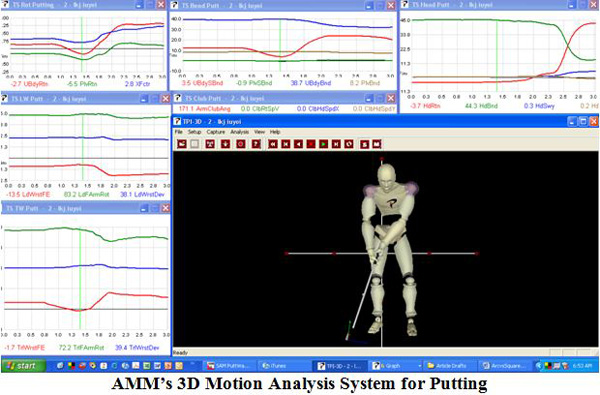
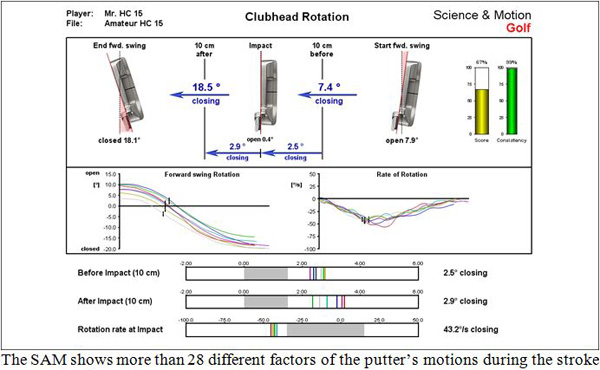
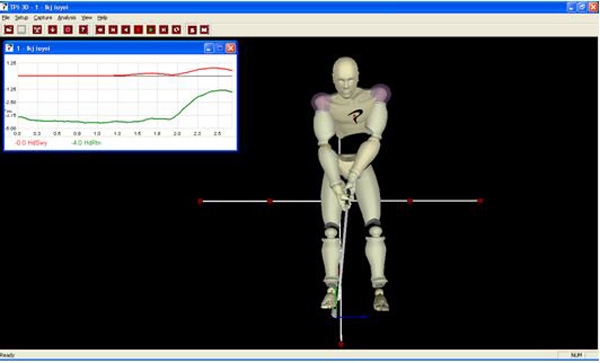
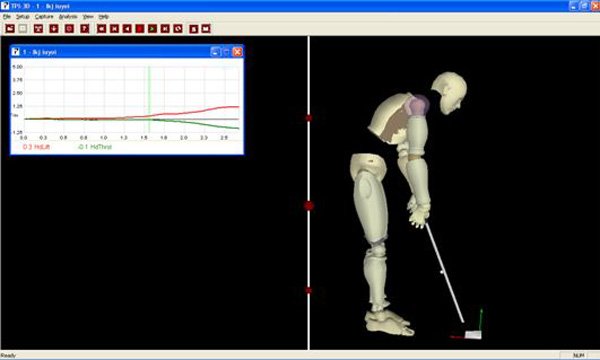
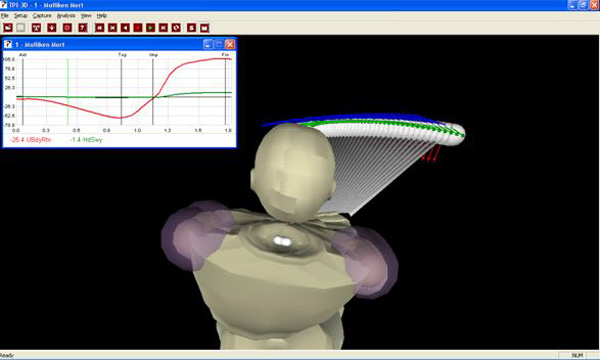
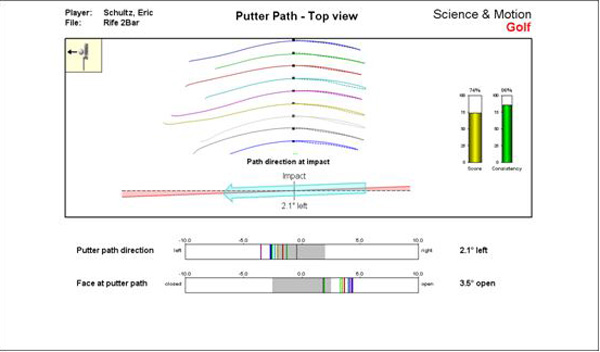
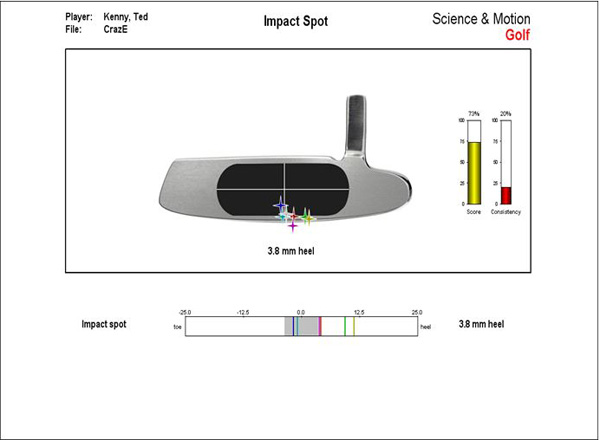
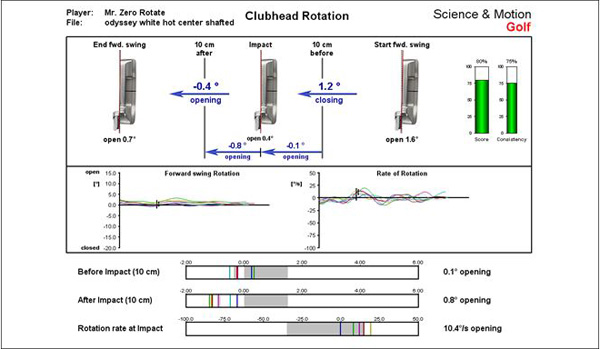
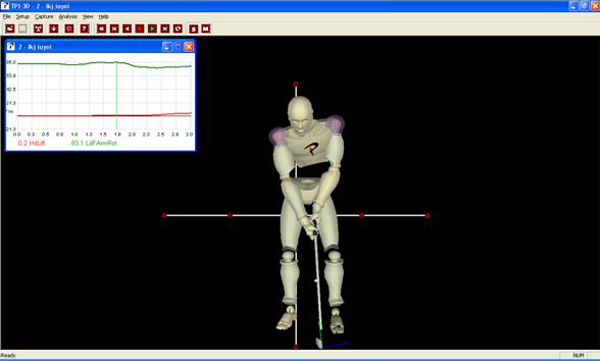




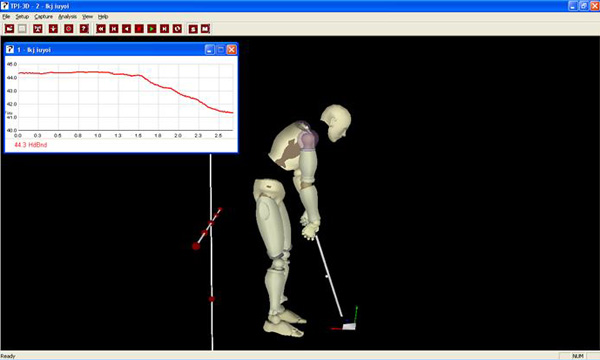
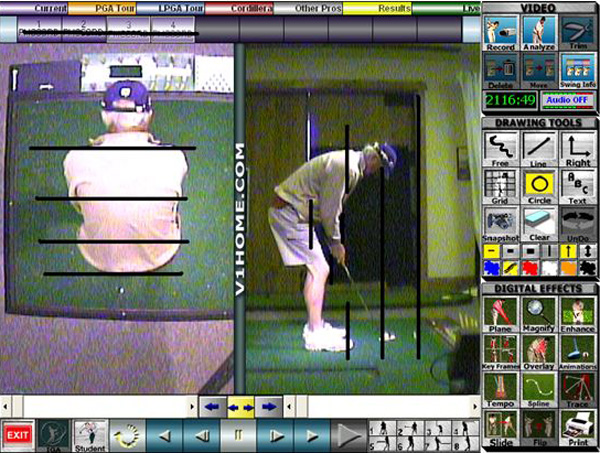























George Barton
Dec 10, 2013 at 11:17 am
Loved your article. You mentioned that left eye dominant players tend to rotate their head right during the backswing if their heads are too centered. Would the compensation be to cock the head slightly right so as to focus with the dominant eye or to change the setup so the the ball is more forward in your stance?
charlie
Dec 11, 2013 at 4:25 pm
i also came to same conclusion so would like to know if that is proper thinking. i would think that turning head slightly away from target would help eliminate peeking and seeing ball w/ dominate eye.
is eye dominance the theory behind keegan bradley’s head tilt when reading putts
Ben Barren
Dec 9, 2013 at 5:00 pm
Absolutely awesome article. Just wonder how it applies or nuanced differences with being a left handed golfer re dominance of hands/eyes etc ?